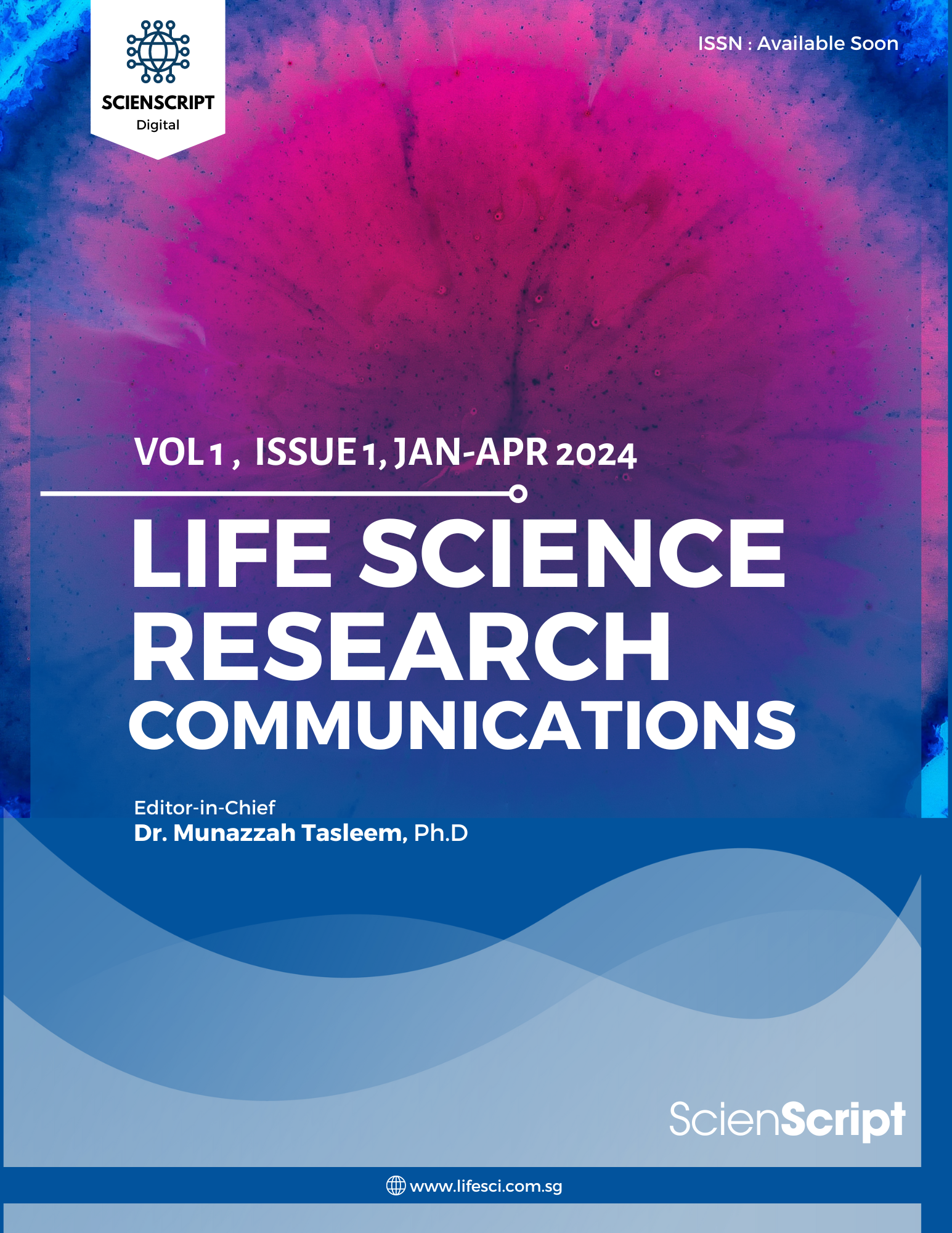
Life Science Research Communications (LSRC) [Abbreviated form : Life Sci. Res. Commn.] is an esteemed, peer-reviewed international journal dedicated to the broad spectrum of research disciplines encompassed within the life sciences. With a commitment to high-quality research, innovation, and scientific integrity, LSRC offers a platform for scientists, researchers, and academicians to share their discoveries, insights, and expertise with a global audience.
Editor-in-Chief : Dr. Munazzah Tasleem
Launching Issue : Click Here
Frequency: Rapid at a time publication – Triannual (3 issues/year). Special issues are also published in contemporary areas from time to time.

